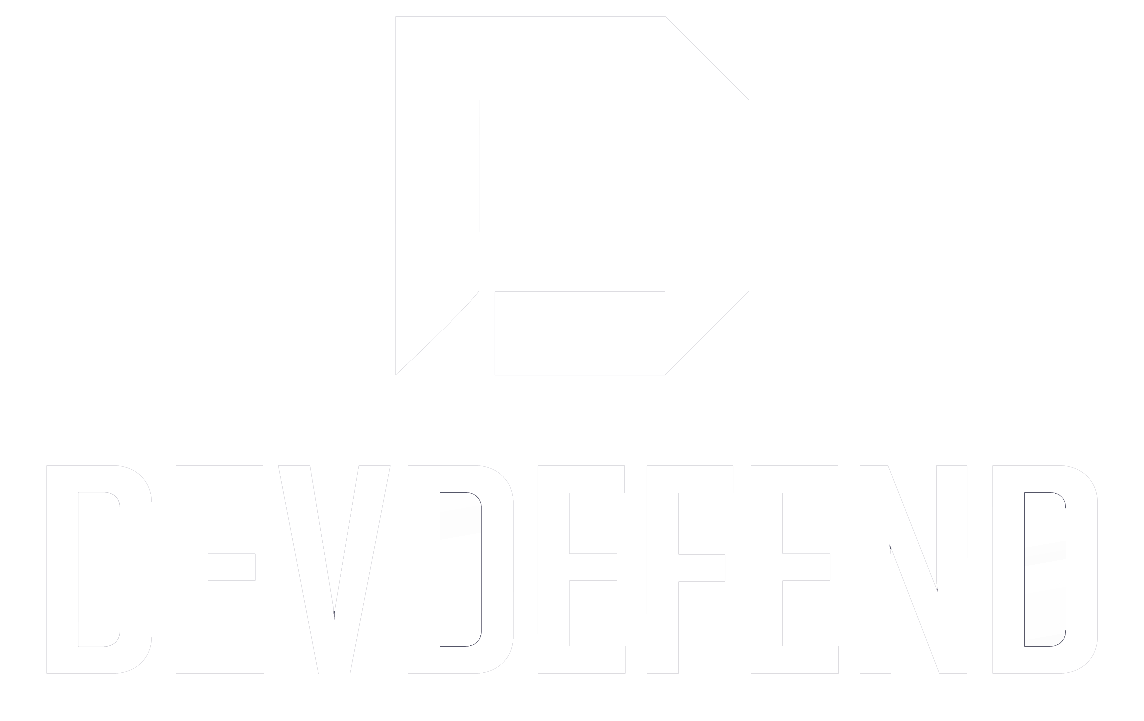Treating your Developers as a Product Within the Company

Software companies seldom put as much effort into their staff as they do in their products. Doing this, can create a cool way to understand at what stage within the company their developers careers are.
If we had to change the product development lifecycle away from a product and make it people, then you will have a curve of developer growth and potential stagnation.
The beginning phase of a product lifecycle is the inception phase, this is where the product is being conceptualized and an MVP (Minimum Viable Product) built. If we had to change this to a new employee then this phase would be the onboarding period or orientation period where the employee is introduced to the company, the teams and the products.
This is normally an exciting time for a developer as they have so much to learn, and things are all new and as the old Barney Stinson saying goes “New is always better”
This period is also an incredibly stressful one and quite a few developers will leave the company during this period as they feel they are not good enough, the position did not quite live up to their expectations or they received another offer from a company that they were interviewing at while they were still in the interview process with your company. (We’ve heard of Devs interviewing with up to 15 companies and many of them do not operate at the same speed in which you did.)
This phase is where making the developer feel important, welcome and valued, show them ropes without overwhelming them all while making them feel the sense of community and belonging that many of them seek. Maslow’s Hierarchy of needs list Esteem and Love & Belonging as the middle rows of the pyramid.
The second phase is the growth phase.
This is the phase in which the developer feels that they are starting to add value but need to continuously be stimulated to keep the momentum going. The honeymoon phase of joining your business is over. A Developer in this phase, which is generally anywhere between 6 months and 1 year after joining your firm, is being bombarded by recruiters and should they not be integrated into the herd may easily be tempted to leave the company by another siren’s song. This is already the time that a career plan needs to be highlighted to them. Ask them the questions around what growth looks like for them and how you can provide them with what they are looking for. This is a question that needs to be asked every 6 months at least because people change their minds all the time and some more often than others.
The next phase is the maturation phase.
In this phase the developer has weathered the storm, knows where they stand in the business, can operate without the need of management and has been fully integrated into the herd. They feel a massive sense of loyalty to the company and will not easily be tempted by another company, although they may still have needs that are not being met. This phase is the phase when developers would leave for more responsibility or a more senior title which comes with a higher pay check. These are also the devs that create a ripple effect among more junior devs when they leave.
The final phase is the stagnation phase or the redevelopment phase.
If your devs have reached this phase…well then hope that they have the loyalty to stay because it is more than likely too late and they are interviewing somewhere else or you may be stuck with an uninspired, uninterested developer who is just going through the motions and needs to be sent back to the inception phase hopefully at your company and not at another competing firm.
TG



